Do you love adding fresh herbs to your cooking but find that they’re expensive to purchase and not always as fresh as you’d like them to be? Why not try your hand at growing delicious and fragrant herbs yourself? With the right tips, starting a herb garden can be easier than you think and these five pro gardening secrets will get you on the right path!
 Get the Right Soil
Get the Right Soil
Herbs are a good choice for a beginner’s garden because they’re not very demanding, especially when it comes to soil. Most herbs don’t require very rich soil so there’s no need to spend a lot of money buying a high-quality potting mix. The most important thing to make sure of is that the soil drains well. If you intend to plant in backyard soil that’s rich in clay or otherwise very heavy, it’s important to amend it by mixing in some type of compost.
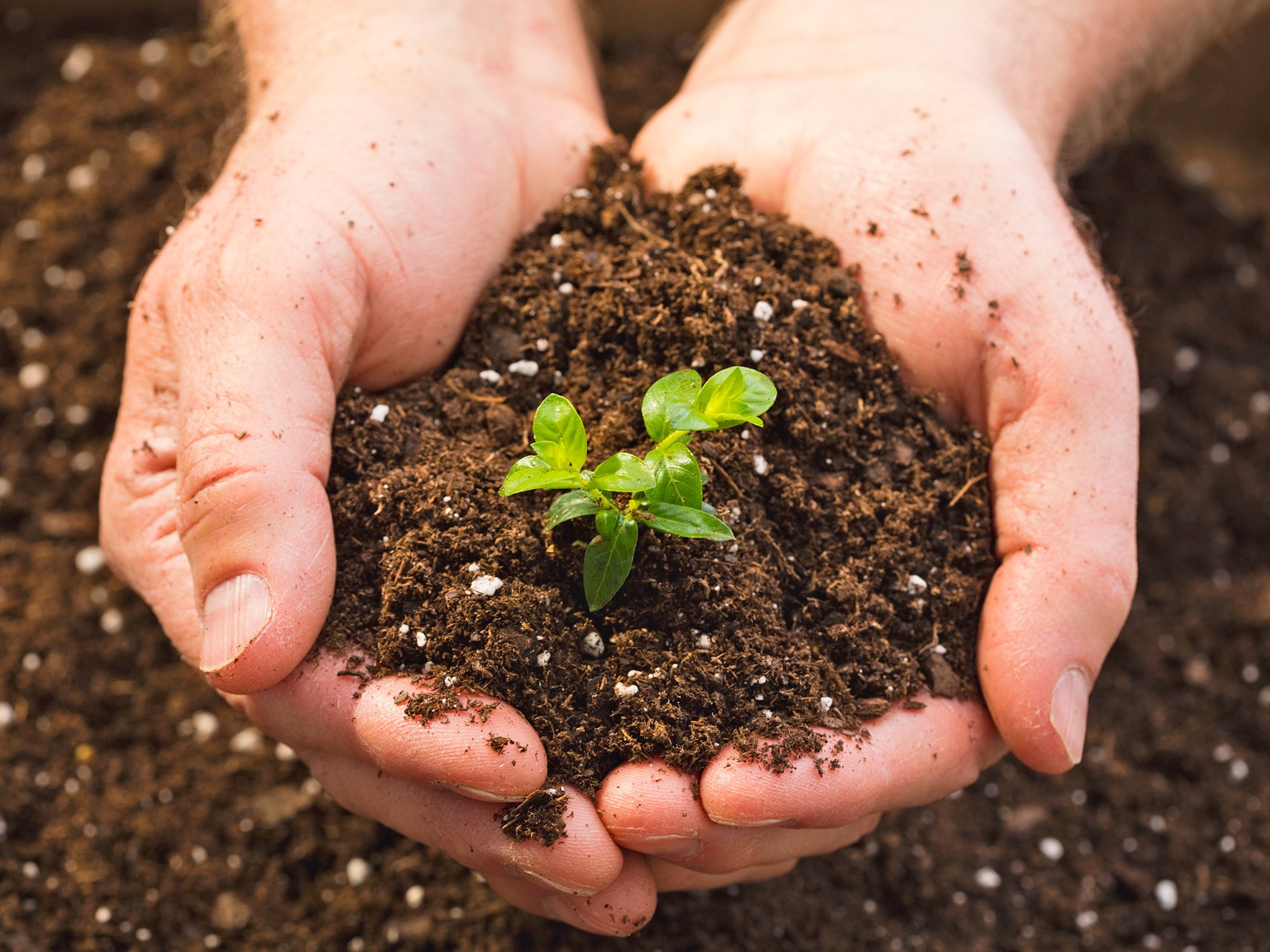 Plant Useful Herbs
Plant Useful Herbs
There are hundreds of herb varieties and a gardener that’s just starting out might feel a bit overwhelmed by the choices. A good rule of thumb is to buy and plant the herbs you’re sure you’re going to use. Do you enjoy cooking with parsley, basil, thyme, and oregano? Are you likely to add a sprig of fresh mint to your lemonade? Then that’s what you should plant! Consider the different varieties of those herbs, as not all varieties taste the same. For example, Thai basil tends to have a strong anise flavor and isn’t the best choice for making pesto.
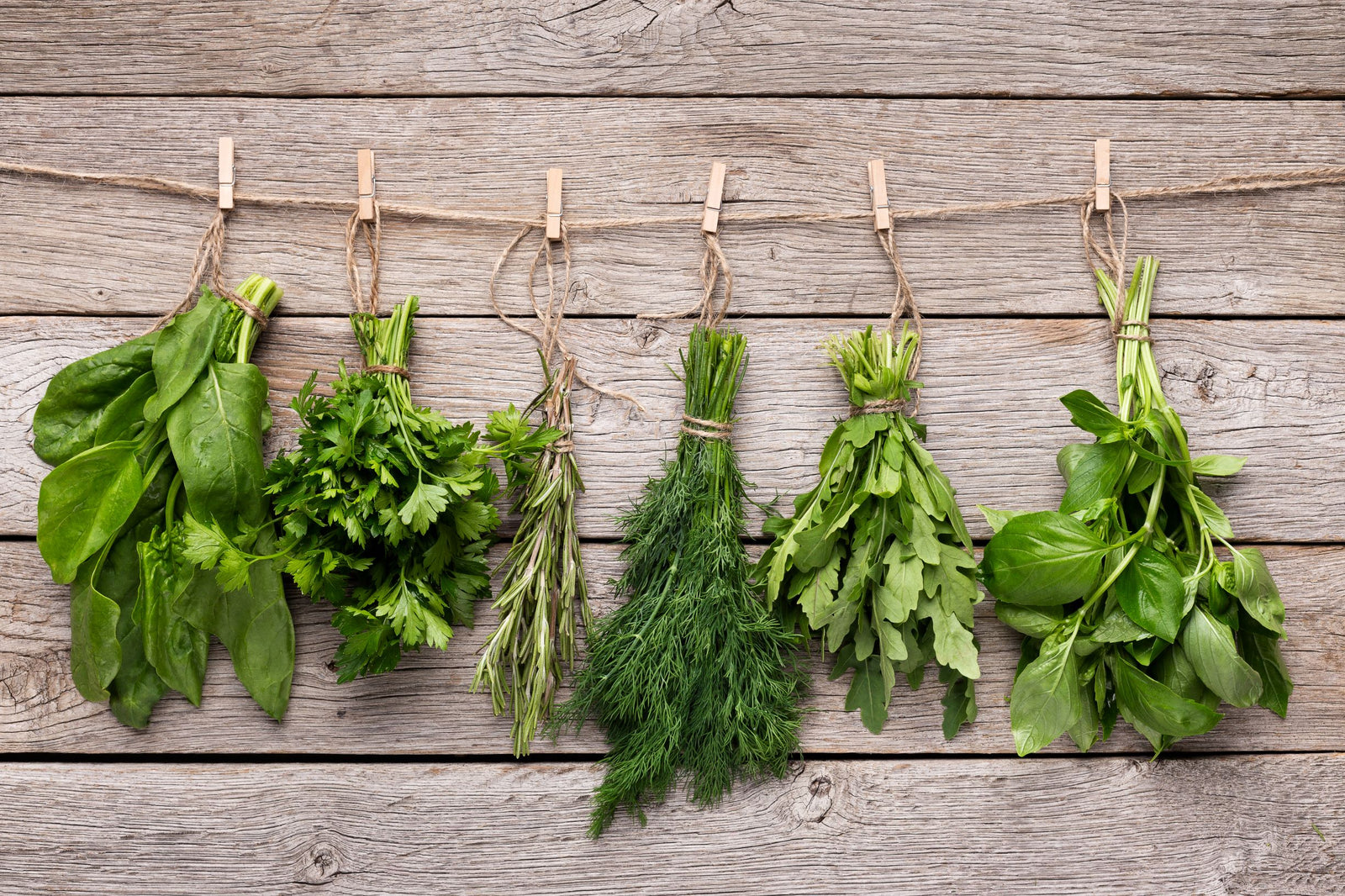 Choose Quality Starter Plants
Choose Quality Starter Plants
For a gardener that’s trying their hand at herb gardening for the first time, it’s easier to buy and replant starter plants. Although growing herbs from seeds produce a greater yield, the germination process requires the right conditions and it takes time and effort to harden off plants that were started indoors from seeds. Purchasing starter plants for basic cooking herbs like rosemary, basil, thyme, and sage is often inexpensive, and taking care of them for a couple of seasons will give you the experience to grow other varieties and try your hand at seed planting.
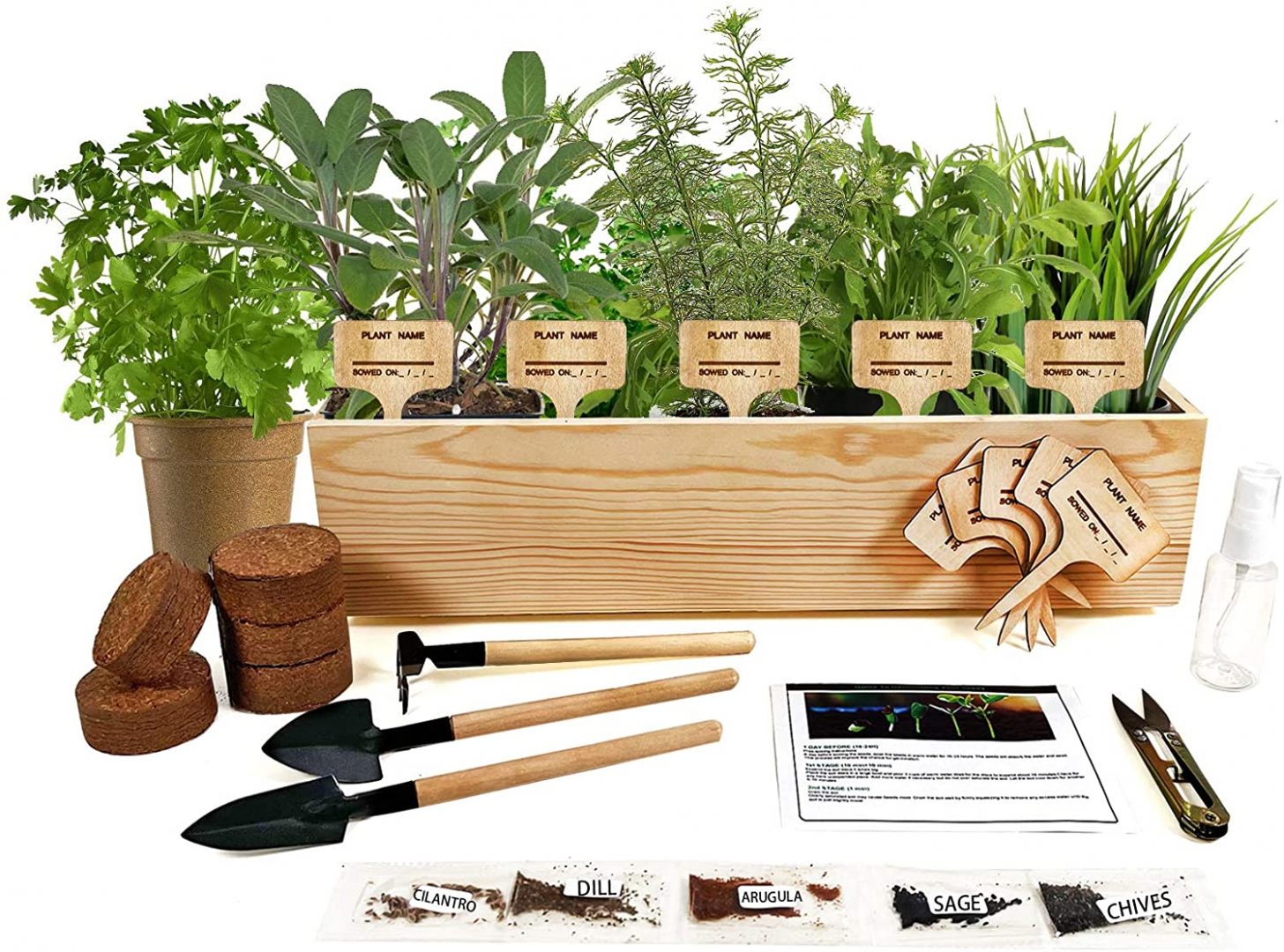 Prune Each Herb Plant
Prune Each Herb Plant
For many first-time gardeners, it seems counterintuitive to trim healthy herb sprigs. However, pruning encourages new growth. Once they reach a certain level of growth, herbs will start to flower, and the stem will stop producing new foliage. Pruning delays that process and helps the plant grow busier and lusher. If you don’t have anything to cook those trimmings with that day, you can add them to a flower arrangement or dry them for off-season use.
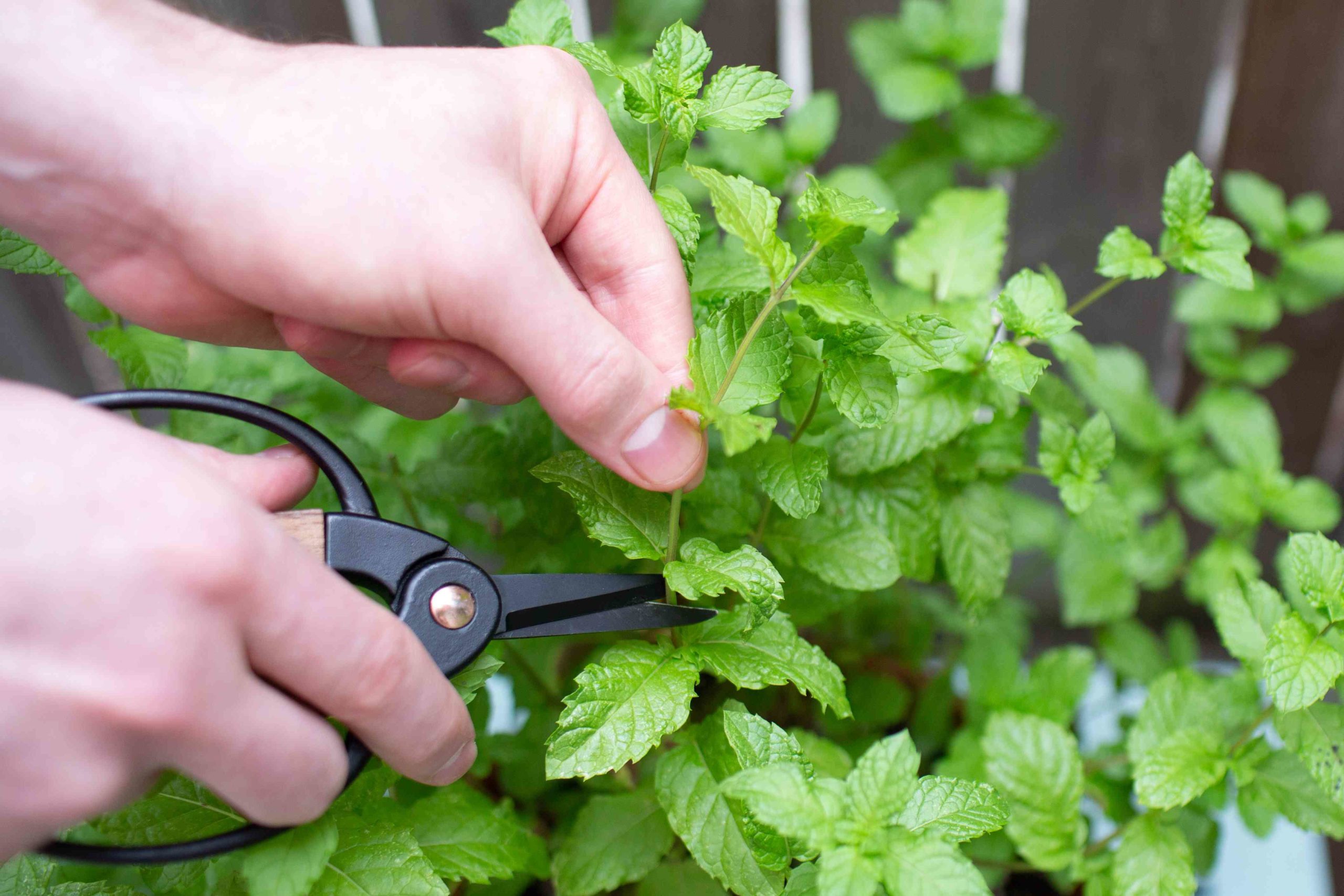 Learn Stem Cutting Propagation
Learn Stem Cutting Propagation
Once you have an established plant but wish you had more of that same herb in your garden, there’s no need to go back to the plant nursery and buy more starters. It’s possible to propagate new plants via stem cuttings.
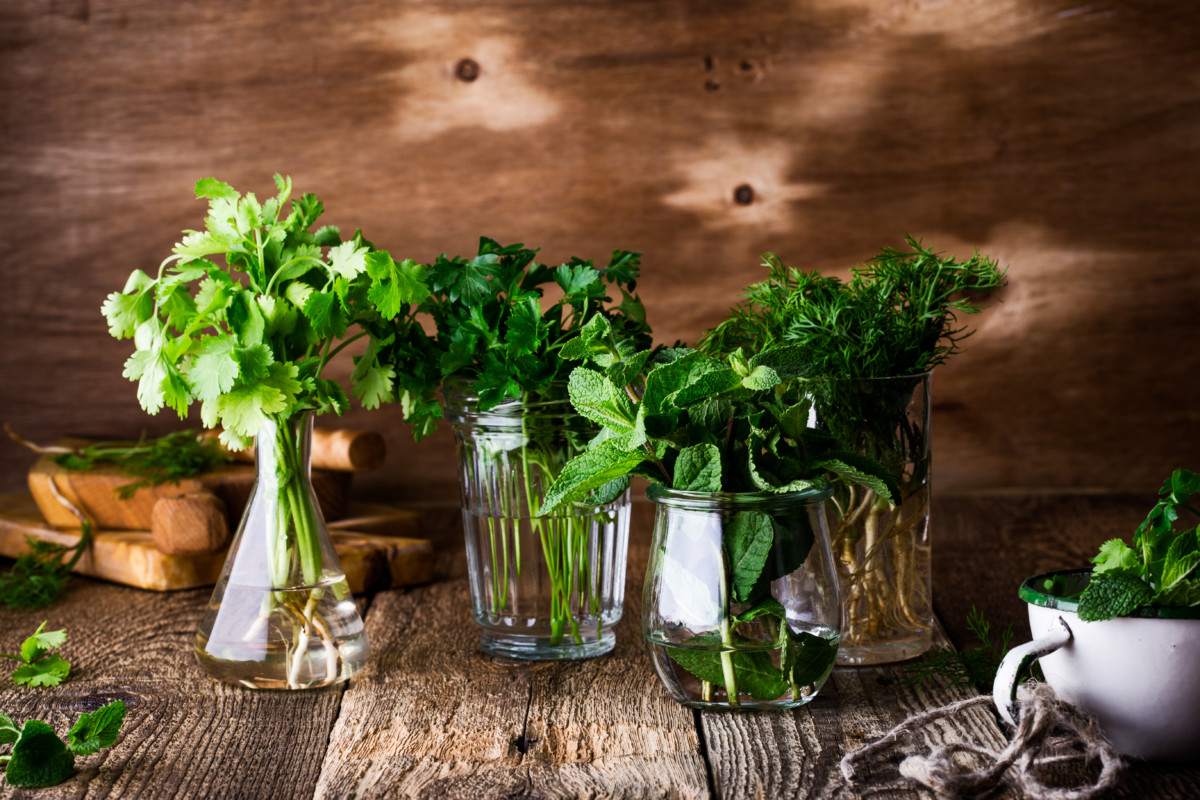 Cut a stem at least four inches long and make sure it’s not flowering. Remove foliage from the bottom two inches and place the cutting in a glass of water. Place it on a window sill where it can get some sunlight and within a couple of weeks, the stem will grow roots.
Cut a stem at least four inches long and make sure it’s not flowering. Remove foliage from the bottom two inches and place the cutting in a glass of water. Place it on a window sill where it can get some sunlight and within a couple of weeks, the stem will grow roots.